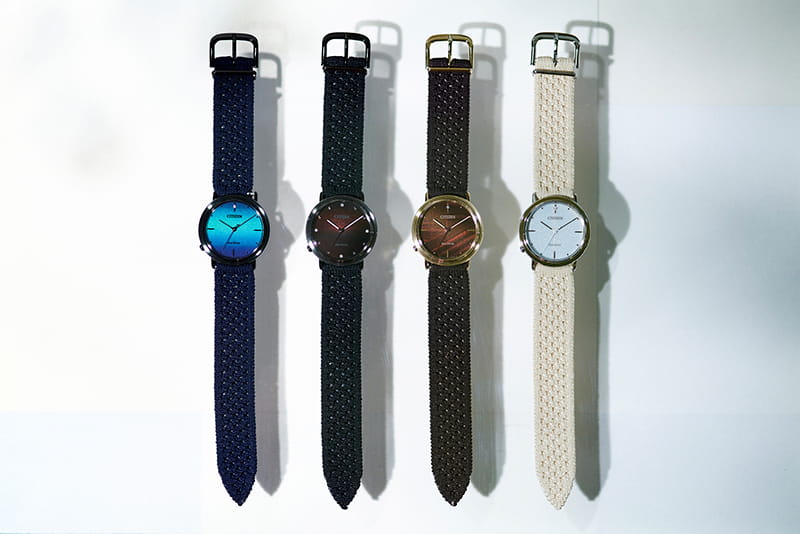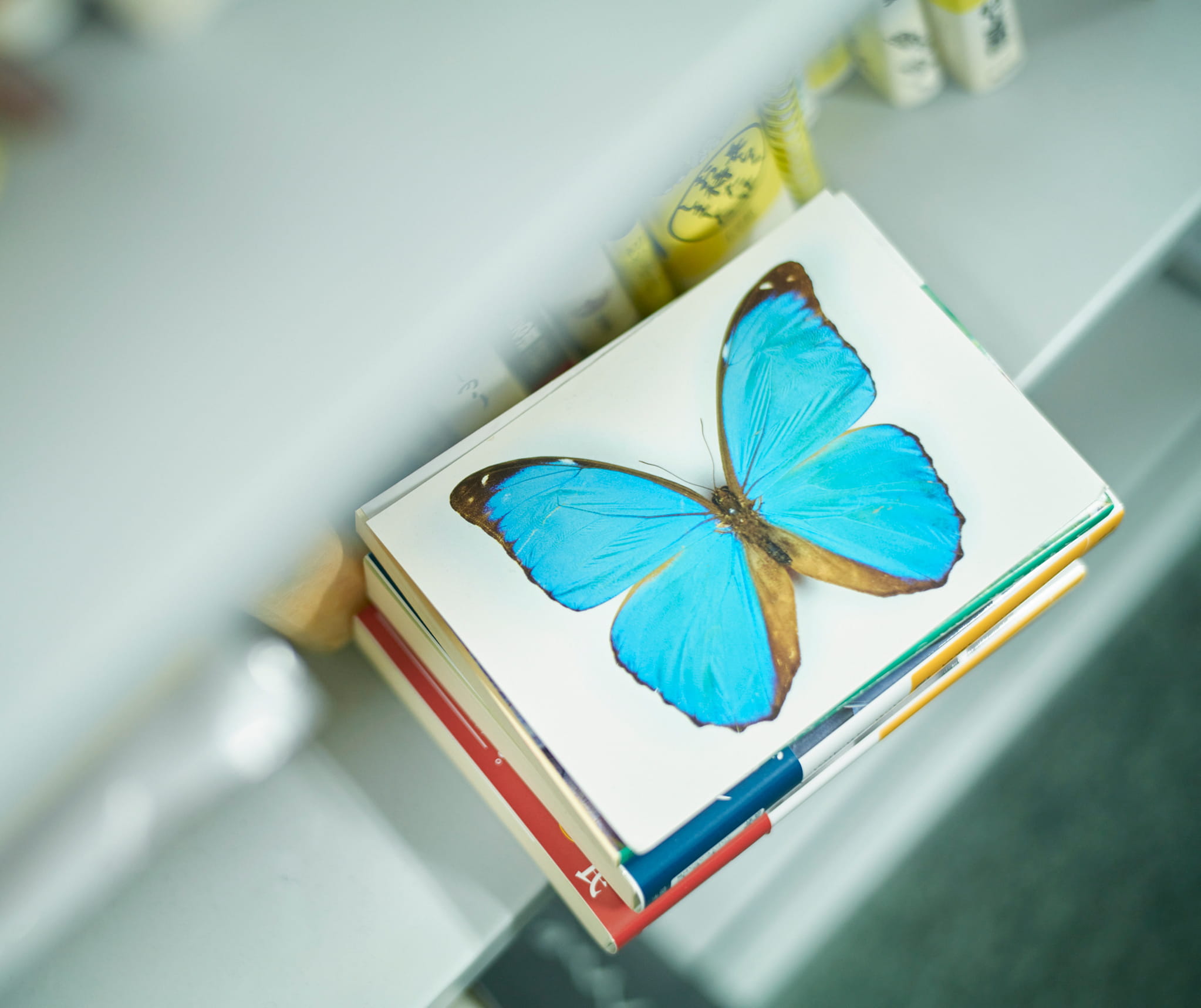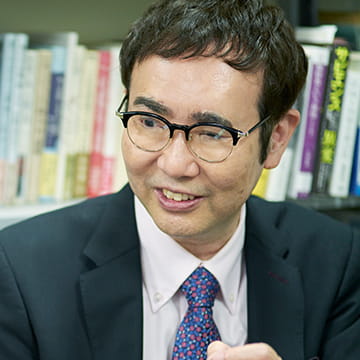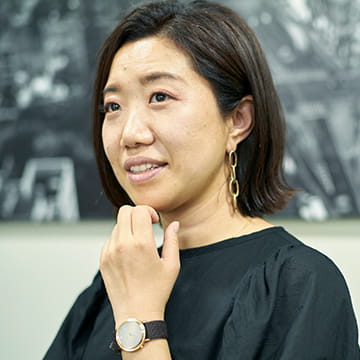Launched in 2012, CITIZEN L is a sustainable watch brand committed to creating beautiful designs and treating people and the environment with respect. To this end, the brand is pursuing a range of green initiatives. As well as powering its watches with Eco-Drive, an Earth-friendly technology that convert light into energy, it discloses all product life cycle emissions, from raw materials and manufacture to disposal and recycling. In addition, CITIZEN L uses lab-grown diamonds made with maximum care for the environment, safety, and labour standards.
CITIZEN L celebrates its 10th anniversary this year. To mark the occasion, the brand released four new models—including a 10th anniversary limited edition—inspired by the themes of Earth, Water, Fire, and Air, and unveiled a new slogan: “Sync with Nature.”
What is most striking about these models is the way they incorporate biomimicry techniques, taking cues from the workings of animals’ bodies and the beauty of the natural world. The supervisor of the project was Shinichi Fukuoka, a professor of biology at the School of Cultural and Creative studies at Tokyo’s Aoyama Gakuin University, who is famous for having authored many books, including Between the Organic and the Inorganic.
But how can a watch communicate the message that we human beings are just one part of nature? Professor Fukuoka and Kana Maeda, director of new product development at CITIZEN L, talk us through the development of the watch.
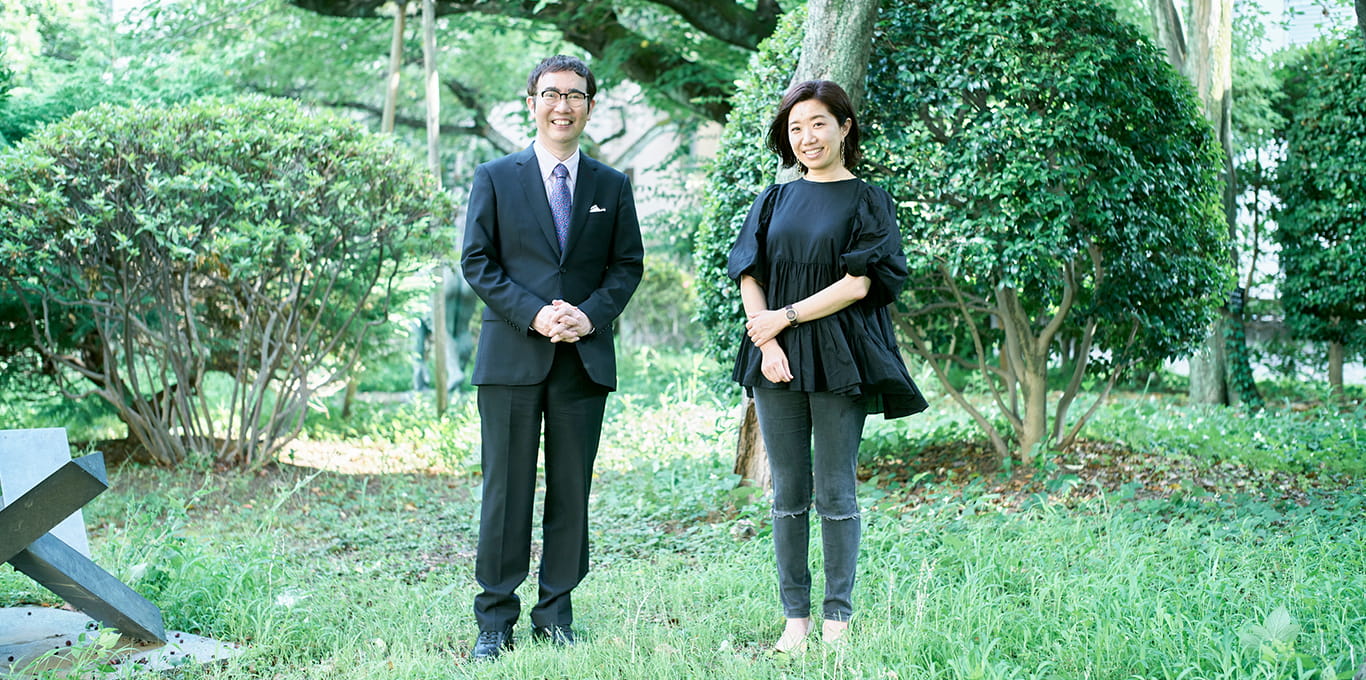
Learning from and mimicking nature.
The reasons we incorporated biomimicry
into this watch.
“All life on Earth is created equal. We humans may be at the top, but we’re certainly not at the centre of everything. I wanted to put out a clear message that we humans are just one part of nature in an attempt to nudge society onto a more sustainable path,” says CITIZEN L’s Maeda, explaining the thinking behind “Sync with Nature,” the brand’s 10th anniversary slogan.
Serious work on the development of the new models got under way in February 2020, just as the Covid-19 pandemic in Japan was entering a grave phase.
Maeda and her development team correctly foresaw that the pandemic would blur the line between people’s work lives and private lives, while stimulating demand for things perceived as pleasant and comforting. Once they had made up their minds to develop a comfortable watch that would be suitable for any occasion, they chose biomimicry as the way to make it happen.
Biomimicry involves emulating nature to achieve superior levels of product design and functionality. Examples of biomimicry in action include yoghurt pot lids that mimic the shape of water-repellent lotus leaves to stop the yoghurt sticking to them, and bullet trains that travel faster because their noses are modelled on the contours of a kingfisher’s beak.
Having hit upon the best approach to get the “Sync with Nature” message across, Maeda realised that she and her team would also need some expert input, so they approached Professor Fukuoka about acting as project supervisor. “We want to use biomimicry to design a watch,” they told him.
“Time is an artificial concept invented by people and the watch is a tool to keep track of time,” says Professor Fukuoka, recalling his reaction to Maeda’s proposal. “That’s why using designs taken from nature as a way to reinvent the watch struck me as such a fun and appealing idea.
“The bottom line is that we humans only appeared on Earth a paltry 200,000 years ago. By contrast, other life forms have been around for 3.8 billion years! In both function and design terms, they’ve been honed through a long process of evolution.
“Human knowledge is quite shallow when you put it side by side with the natural world. Recently, though, the idea of emulating nature’s designs and mechanisms has caught on and even become something of a trend. I wasn’t sure how much use I’d be to Citizen, but I was eager to help. It was an honour to be asked.”
The element of excess you find in designs
in the natural world can act as a powerful signal.

Let’s explore how these new models incorporate the lessons of biomimicry. The first thing you should look at are the dials. Depending on how and at what angle the light strikes them, they look completely different. That gives their beauty not just depth, but a sense of life and vitality as well.
“The watch face is always changing colour. It’s different by day and by night,” says Maeda. “For me, that’s the very essence of nature! I believe that we’ve created a design that will remind people that we humans are indeed just one part of nature.”
A new technology called structural colour ink is used for the dial. Because the production of structural colours changes according to the strength, angle and colour of the light they’re exposed to, they can be used to recreate the shimmering, flickering quality of light as it exists in the natural world.
“There are two kinds of colours: those that are produced by pigments like paint, and ‘structural colours,’ where the colour is produced by actual physical structures. This watch exploits the latter system. The wings of the South American morpho butterfly are a great example of structural colour in the natural world. The wings themselves don’t contain any blue pigmentation, but they appear blue as the result of the delicate and complex structure of the wings’ undersides,” says Fukuoka.
Originally, Maeda and her team only planned to apply biomimicry to the functional aspects of the watch. But once they started learning more about design in the natural world from Professor Fukuoka, they decided to incorporate biomimetic elements into its design too.
“What do we mean by design in the natural world?” Fukuoka muses. “I’m talking about the visual signals that nature gets organisms to transmit. One thing I find fascinating is the quality of excess you occasionally encounter in the designs in the natural world. The morpho butterfly is a case in point. There’s no actual need for its wings to be as bright and brilliant as they are. Nonetheless, we humans perceive them as blue and register them as being a beautiful colour. This emotional response is what the American nature writer Rachel Carson called the ‘sense of wonder’ in her 1965 book of the same name. And it’s that same sense of wonder that is at the root of all human curiosity.
“When someone puts on a watch with a design expressive of nature’s beauty, it should reignite their ‘sense of wonder’ and remind them that we humans are very much part of the natural world.”
Realising that the “excessive” aspect of nature’s designs could act as a powerful signal to get their message over was a major discovery for Maeda and her team. After repeated attempts to incorporate “excess” into the design, they finally succeeded in creating an everyday watch that glimmers and glows in a way that makes an instant emotional connection.
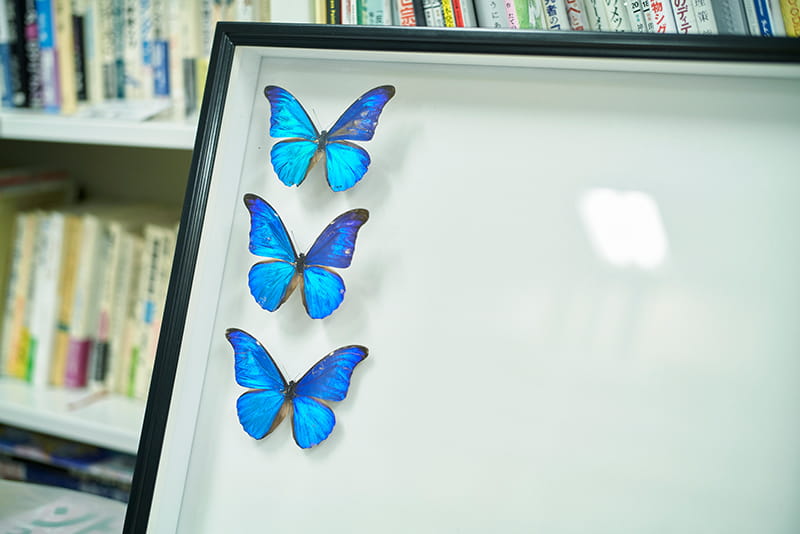
Other biomimetic touches were applied to make the watch more comfortable. The strap, to give just one example, is a knitted band whose porous structure is modelled on the sea sponge. The resulting mesh is highly breathable and stretchable, but also very tough—and so comfortable that you’ll be reluctant to take it off!
Professor Fukuoka had an ecstatic look on his face when he first got to handle one of the finished watches.
“When Citizen first approached me for this project, I never dreamed that biomimicry could take shape like this,” he explains. “What you’ve got here is the perfect combination of design and usability. Citizen really came up with a fantastic solution.”
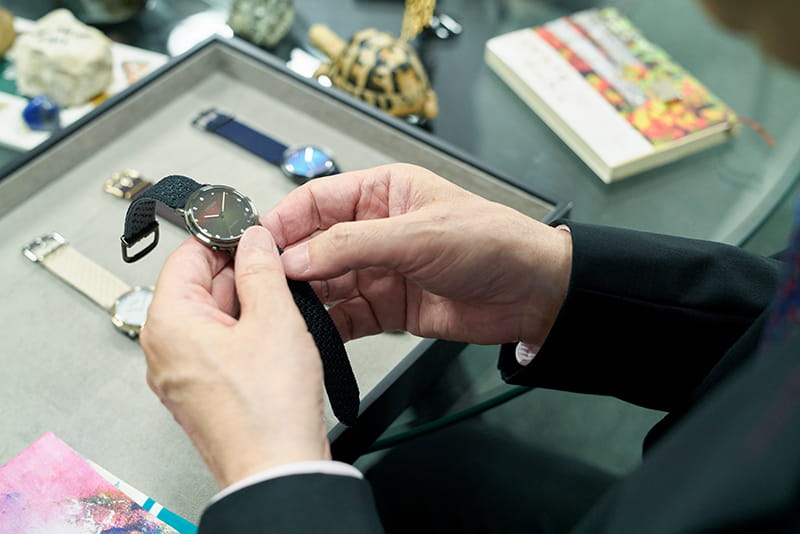
Maeda learned a great deal from Fukuoka in the course of developing the new Ambiluna models.
“The professor taught me how to tackle the concept of sustainability head-on,” she says. “He taught me that you need to think 100, even 1,000 years into the future and not just a few years ahead. He taught me the importance of sketching out a big-picture vision to use as the basis for thinking about the Earth and its environment.”
So what’s my biggest takeaway from talking to Fukuoka and Maeda? That if we are serious about wanting to build a sustainable future, all of us who are alive today will have to accept the fact that human beings are just one part of nature.
With its ever-changing expression evocative of the beauty of the natural world, this is a watch that will become part of the rhythm of your everyday life at the same times as giving you a gentle reminder to “Sync with Nature.”
